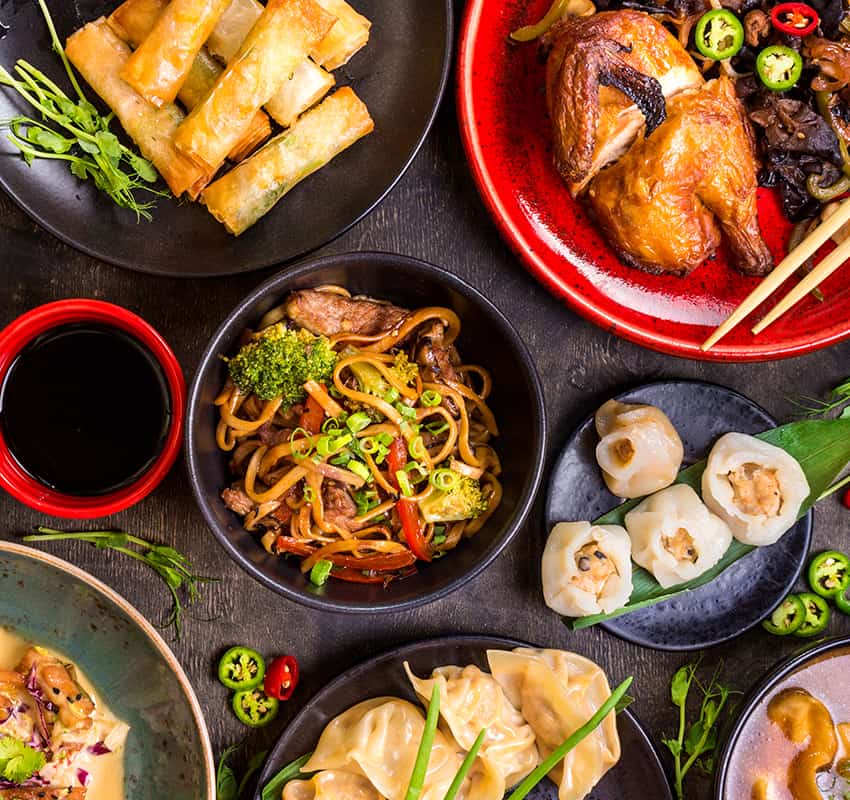Chinese New Year Advertising
Not all cultures celebrate the new year on the same timeline. The Chinese New Year celebrates the new year according to the traditional Chinese calendar, and it is celebrated on the new moon that appears between January 21 and February 20.
That means it’s not always celebrated on the same day every year. So as a brand, you’ll want to watch out for when this holiday is coming up each year. It offers a unique opportunity for targeting your ads to particular market segments. That being said, observance of the holiday always starts on the 15th day of the year, which is the time of the Lantern Festival. Knowing that makes it easier to plan and schedule your Chinese New Year ads.
Chinese New Year Advertising Strategies & Targeting
From a Media Planning and Buying perspective, Gourmet Ads recommends for brands wanting to engage and influence Grocery Buyers using Contextual Targeting for their Chinese New Year Advertising Campaign.
Chinese New Year Contextual Targeting
- Chinese Recipes
- Asian Recipes
Chinese New Year Audience Segments
These segments can be used uncoupled in your own DSP
- Chinese Recipes
Chinese New Year Campaign Options
- Programmatic Advertising via Deal ID / PMP
- Curated Deals
- Managed Services
Chinese New Year Dates
- 2024 – 10th February
- 2025 – 29th January
- 2026 – 17th February
- 2027 – 6th February
Chinese New Year
Here’s what you need to know about advertising for Chinese New Year. Chinese new year is counted by the lunar cycle and celebrates abundance, health, life, and longevity. It’s a time for families and communities to gather for festivities.
Popular events include fireworks, dragon dances, lion dances, and visiting with family and friends for food.
Popular foods for Chinese New Year
You’ll definitely find good food to be a common theme for the Chinese New Year. Here are some dishes that are likely to be prepared at family gatherings:
- Dumplings
- Noodles
- Pork
- Chicken
- Fish and other seafood
- Specialty meats like duck and Chinese sausage
- Sweets, such as a homemade New Year pudding or cake called niangao
- Various fruits and vegetables, especially mandarin oranges, apples, and leeks
- Seeds from melons, sunflowers, or pumpkins
Porridge made from walnuts, pine nuts, mushrooms, and persimmon
This holiday is all about surplus, wealth, and having plenty. The days leading up to Chinese New Year are an excellent time to advertise foods. It’s also helpful to note that the beverage of choice for this holiday is wine.
The holiday is celebrated not just by those living in China, but in other regions and by those of Chinese descent who live elsewhere in the world. So it makes sense to have a broad advertising plan during this time of year.
Let’s Get Started !
Let the Gourmet Ads team walk you through all the options available to ensure that your Food, Supermarket, Beverage or Kitchen advertising campaign has the best possible combination of Premium Guaranteed Inventory, Scale, First Party Data, Contextual Targeting and Programmatic Advertising elements.










